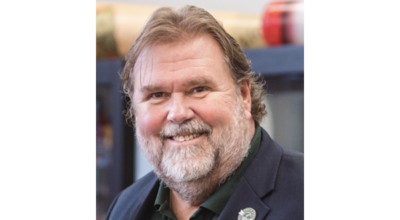Fort St. Joseph and the great crossing at Pa-Wa-Ting
Published 10:39 am Thursday, June 25, 2015
Each summer, the Niles History Center and the City of Niles host the Western Michigan University Anthropology Department as they return to the shores of the St. Joseph River to carefully and scientifically explore the grounds of the site of Fort St. Joseph.
These past digs have uncovered hundreds of artifacts that were left behind by soldiers from four countries, trappers and traders, the early settlers of Niles, and Native Americans.
This weekend, June 27 and 28, the anthropology students from Western Michigan University will once again begin their summer dig and the public is invited to South Riverfront Park on Bond Street. Be sure and visit Niles’ most historic site.
The site of Fort St. Joseph and the settlement around it was built strategically at the low point of the river at the portage the Indians called “Pa-Wa-Ting,” or the Great Crossing.
There has long been controversy about the correct pronunciation of Pa-Wa-Ting because of the hospital built across the river on the former Dresden estate called Castle Rest.
Castle Rest was purchased by Mr. and Mrs. F. J. Plym in 1924 and donated to the city of Niles to serve as its first hospital named after the Great Crossing – Pa-Wa-Ting Hospital.
Mrs. Plym, known as “Jennie” to her friends, was a nationally recognized scholar on Native Americans and their early history. She knew the language of the local Native Americans who referred to the Great Crossing in the Indian language as “Pa-Wa-Ting.” Mrs. Plym took great pride in making sure that after the hospital was established inside Castle Rest, people called it by its proper pronunciation: Pa-Wa-Ting.
It was never to be called Pa-WAH-ding as many locals soon found out. No syllables are to be stressed in the Native American language, Jennie Plym would remind the townspeople. She even installed a sign that still stands on the west side of the Broadway Bridge at Parkway and Grant. Read it carefully and you will discover that if you have been pronouncing it Paw-WAH-ding you are simply wrong!
The Plyms built their home at the end of Topinabee Road on land known to Native Americans as “Signal Point.” This marks the spot where Chief Topinabee signaled up and down the St. Joseph River to the members of his tribe
At the same time, in the mid-1920s, my grandfather Fred Eaglesfield, who worked for Mr. Plym, built his house on the crest of the hill along Topinabee Road where Chief Topinabee and his son Wesaw located their camp. The big brick house at Topinabee and Wesaw Road was called “Eagle Crest” before Grandpa Eaglesfield sold it to the Robert L. Tyler family in 1949. While building their homes Mr. Plym and Grandpa Eaglesfield found hundreds of arrowheads, beads, and other artifacts how housed in the Fort. St. Joseph Museum.
And remember to say Pa-Wa-Ting and NOT Pa-WAH-ding!
A native of Niles, Jack Strayer moved back home in 2009 after living and working in Washington DC since 1976. Strayer has served as a congressional staffer, state legislative press secretary, federal registered lobbyist and Vice President of the National Center for Policy Analysis. He is a nationally recognized expert on federal health policy reform and led the fight for the enactment of Health Savings Accounts (HSAs).





